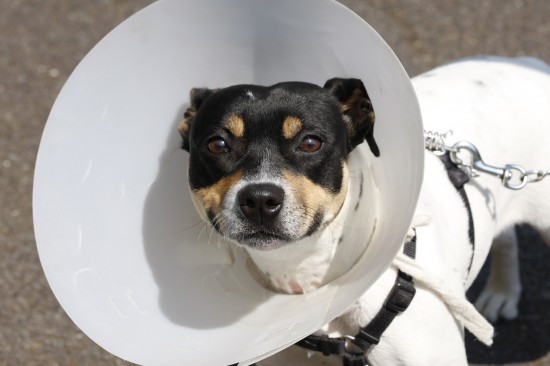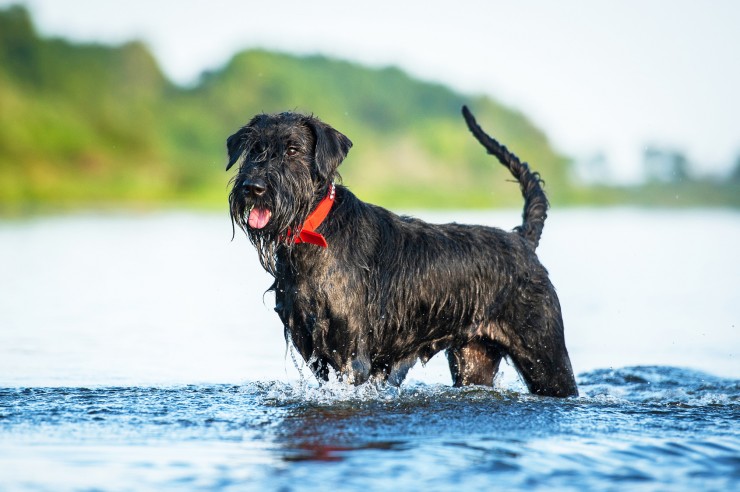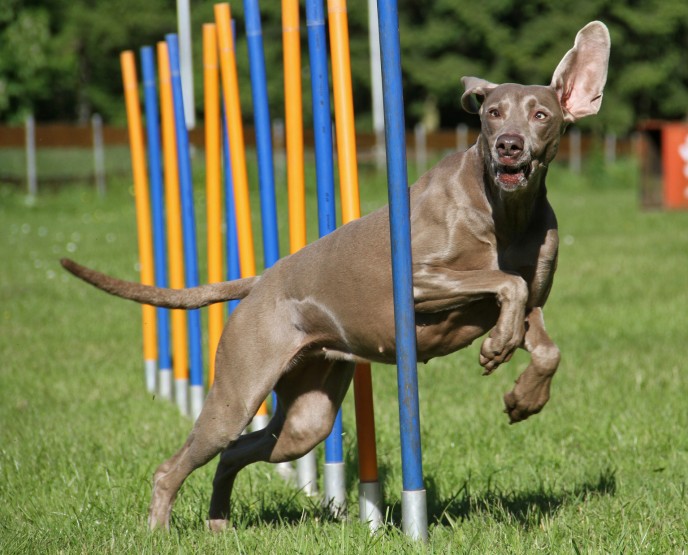
Just like humans, dogs can feel the adverse effects that cause hair issues. While these can include things like their natural environment, getting dandruff in the cold weather, or things like stress causing flaking skin or disease, there are things that you can do to check your lovable pet for mange.
Mange is usually found as a rash, sore spots, hair loss or all of those issues at the same time. While you should have your vet check to make sure that it is mange and not some other environmental issue, there are things that you can do to check for yourself. Six Highly Territorial Dog Breeds
Six Highly Territ
Six Highly Territorial Dog Breeds
Six Highly Territ
 Post-surgical Complications In Spayed Dogs
Post-surgical Com
Post-surgical Complications In Spayed Dogs
Post-surgical Com
 Would You Know If Your Giant Schnauzer Was Suffering A Vitamin B12 Deficiency?
Would You Know If
Would You Know If Your Giant Schnauzer Was Suffering A Vitamin B12 Deficiency?
Would You Know If
 Caring For Degus
Caring For Degus
Caring For Degus
Caring For Degus
 A Short Explanation Of Dog Agility Training Equipment
A Short Explanati
A Short Explanation Of Dog Agility Training Equipment
A Short Explanati
Copyright © 2005-2016 Pet Information All Rights Reserved
Contact us: www162date@outlook.com